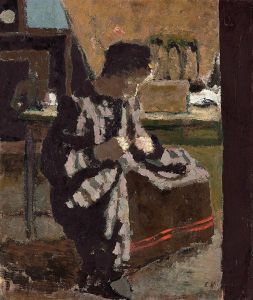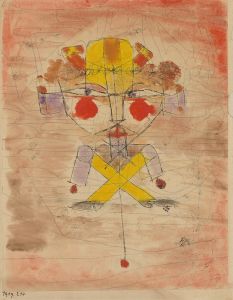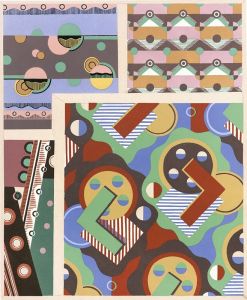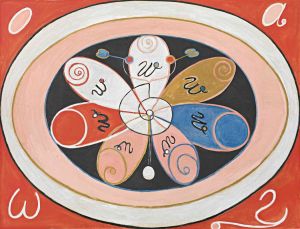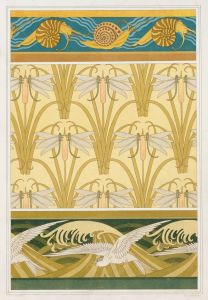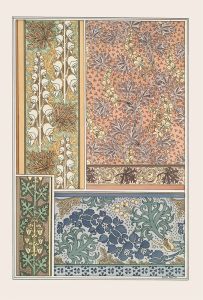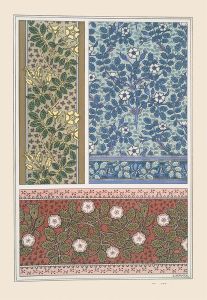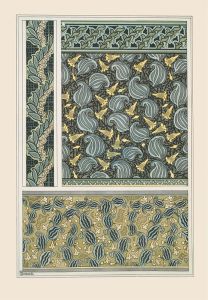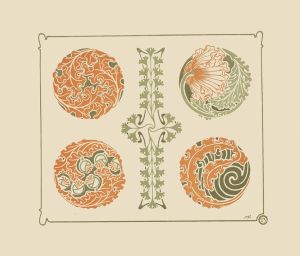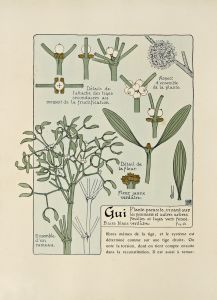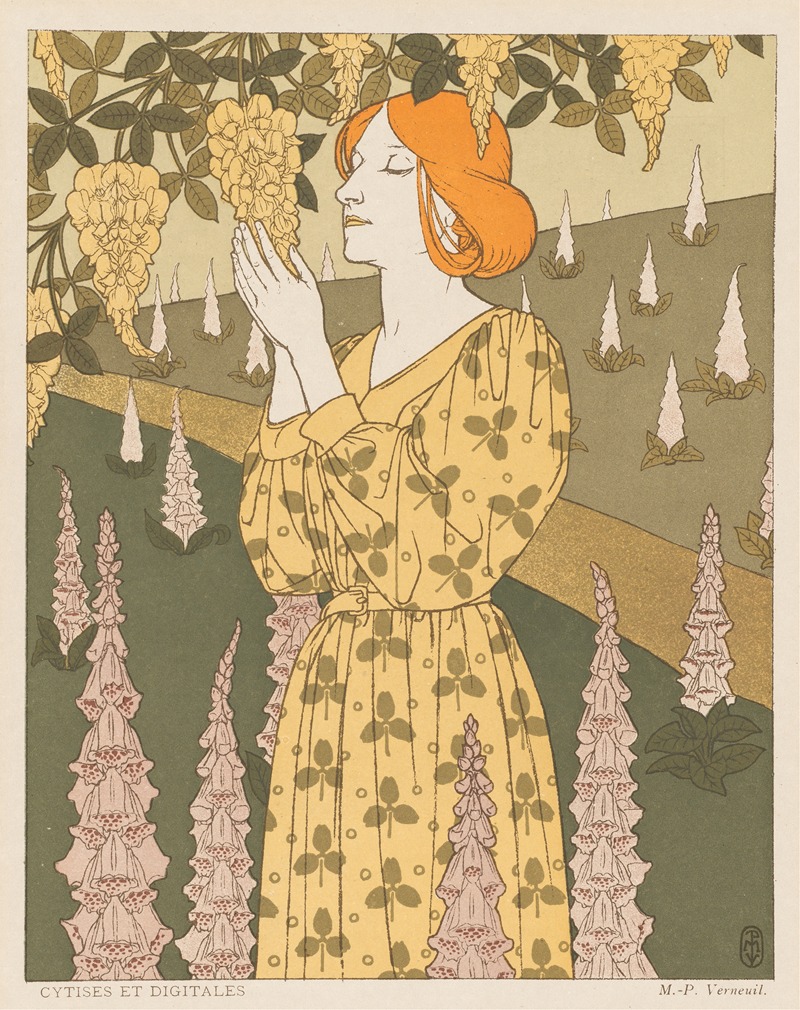
Cytises et Digitales
A hand-painted replica of Maurice Pillard Verneuil’s masterpiece Cytises et Digitales, meticulously crafted by professional artists to capture the true essence of the original. Each piece is created with museum-quality canvas and rare mineral pigments, carefully painted by experienced artists with delicate brushstrokes and rich, layered colors to perfectly recreate the texture of the original artwork. Unlike machine-printed reproductions, this hand-painted version brings the painting to life, infused with the artist’s emotions and skill in every stroke. Whether for personal collection or home decoration, it instantly elevates the artistic atmosphere of any space.
Maurice Pillard Verneuil (1869–1942) was a French artist and designer known for his contributions to the Art Nouveau movement. His works often featured intricate patterns and motifs inspired by nature, including plants, flowers, and animals. Verneuil was particularly skilled in applying these naturalistic designs to decorative arts, such as posters, textiles, and ceramics. He was also an author and illustrator of several influential books on design and ornamentation.
One of his notable works, Cytises et Digitales (translated as "Laburnums and Foxgloves"), exemplifies his mastery of botanical illustration and Art Nouveau aesthetics. This piece is part of his larger body of work that celebrates the beauty of flora through stylized and harmonious compositions. The artwork showcases Verneuil's ability to blend scientific accuracy with artistic creativity, a hallmark of his style.
Cytises et Digitales features laburnum (Cytisus) and foxglove (Digitalis) plants, rendered in a highly decorative and stylized manner. The composition emphasizes flowing lines, rhythmic patterns, and a balanced arrangement of forms, all of which are characteristic of the Art Nouveau movement. The plants are depicted with attention to their natural details, such as the cascading yellow flowers of the laburnum and the tall, bell-shaped blooms of the foxglove. At the same time, Verneuil's artistic interpretation transforms these botanical elements into ornamental designs that transcend mere representation.
This work was likely created as part of Verneuil's exploration of nature-inspired motifs for use in decorative arts. His designs were often intended for practical applications, such as wallpaper, fabric, or book illustrations. Verneuil's ability to adapt natural forms into decorative patterns made his work highly influential among designers and artists of his time.
Verneuil's contributions to the Art Nouveau movement extended beyond his artwork. He collaborated with other prominent artists and designers, and his publications, such as L'Animal dans la Décoration (1897), served as important resources for those interested in ornamental design. His works continue to be appreciated for their artistic and historical significance, reflecting the ideals of a movement that sought to harmonize art, nature, and everyday life.
Specific details about the creation date or original medium of Cytises et Digitales are not readily available. However, it remains an enduring example of Maurice Pillard Verneuil's talent and his role in the Art Nouveau movement.





